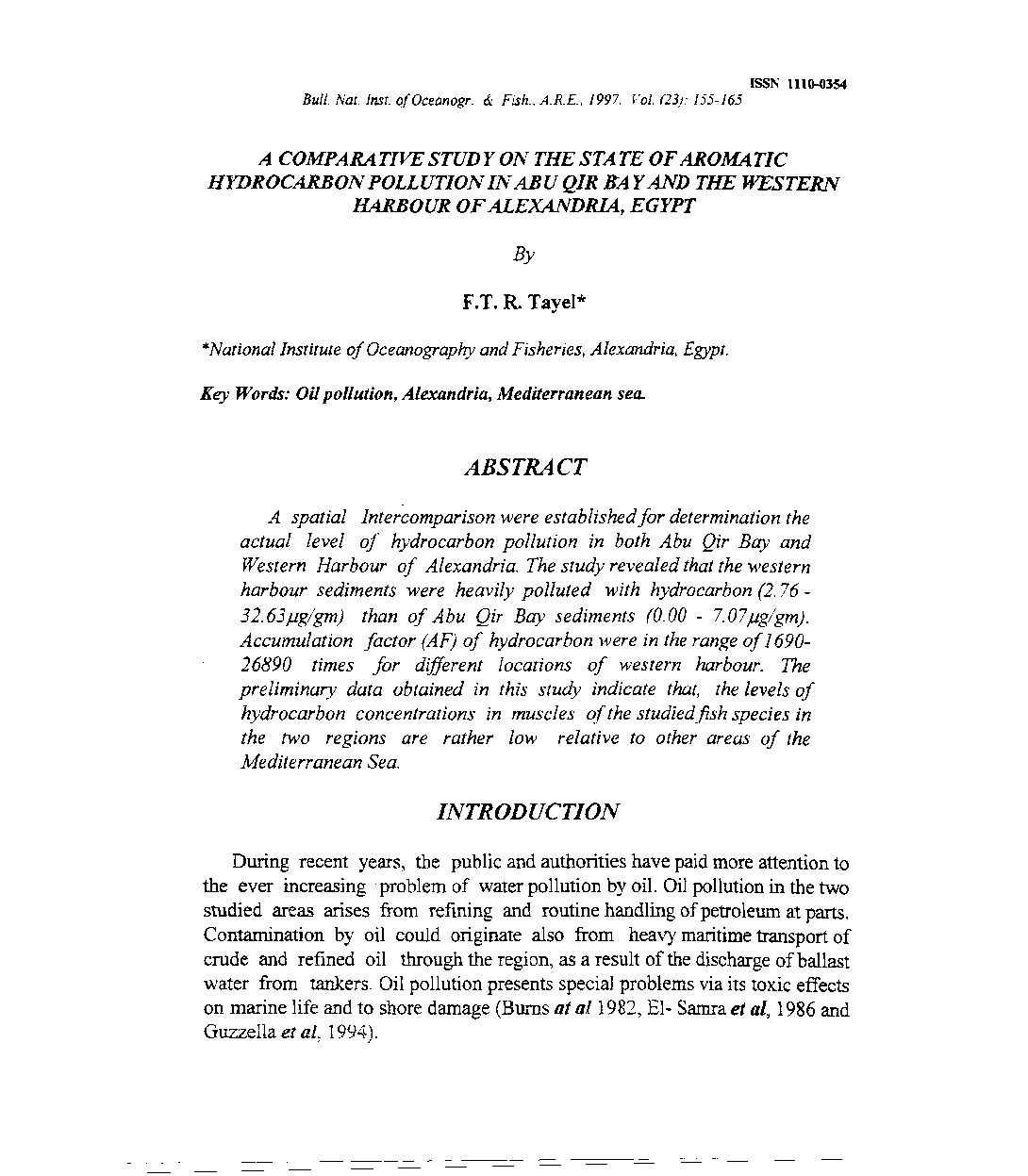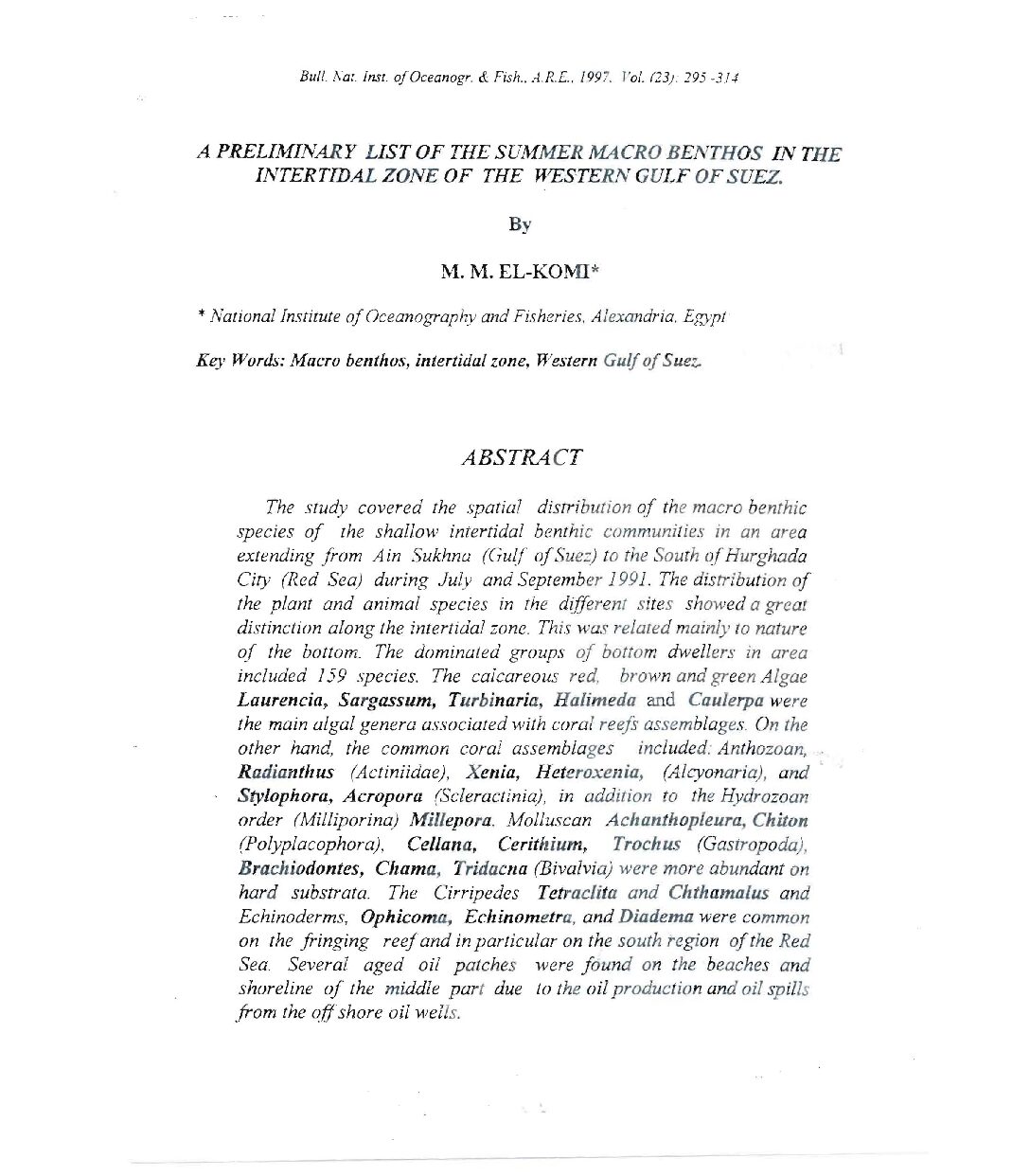Categories
vol-23DEVELOPMENT OF FOULING ORGANISMS 0 FISHING DEJ·£LOPMENT or (il. l[セゥNANャQNANZエェlセ
central space becomes markedly enlarged as a result of the upward and
downward movement of the micromeres (plate 1 m), and the final shape IS in
the form of a large central space surrounded by a macromere crown and
embracing inside the free micromeres. After that and onwards, 28 hours after
spawning, cleavage begins to be irregular and the embryo Plate (l n) appears as
a crown of peripheral macromeres that surrounds irregularly arranged
micromeres inside ; forming an embryo that consists of 66 blasntomeres eNaef,
1928). Irregular cleavage proceeds. and 36 hours after spawning (plate 1 0), the
developing Octopus vulgaris embryo now consists of 360 blastomeres with a
considerably marked smaller central space. Forty hours after spawning the
blastoderm stage is attained and defined by Naef (1928) to be stage [, consisting
of 1200 cells in which the central pore is mark.edJy diminished and nearly
closed (plaTe 1p).
Stage I – II ,plate. I q 2 days after spawning:
It is an intermediate phase bet’vveen both of ;he two ones in which
endomesoderm formation starts. The olastodisc rim does not appear as a plane
closed circle but as 12 slightly curved :mached oeripheries. This structure is in
turn externally surrounded by a paler penpheral rim :.0 which the yolk cells
adhere.
Stage II, pate 1 r, Rセ days after spawning:
It is an advanced stage in cndomesoderm formation.
Stage II-III, plate 1 s, 3 days after spawning:
Exhibits a transitory from ::>et’vveen both.
Stage III, plate 1 t, 3 days after spawning:
The animal gastrula, charactenzed by enlargement of the blastodisc size







